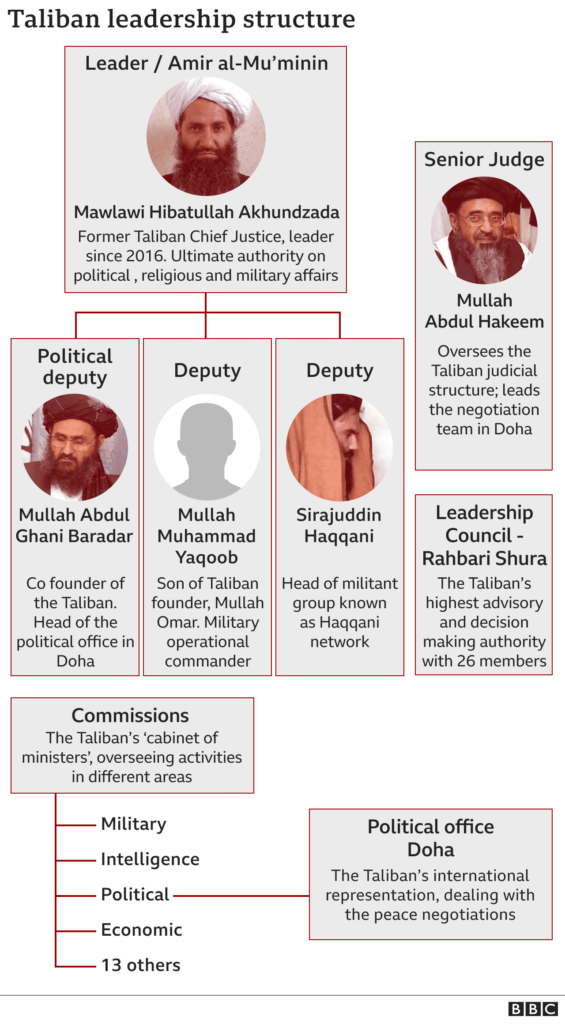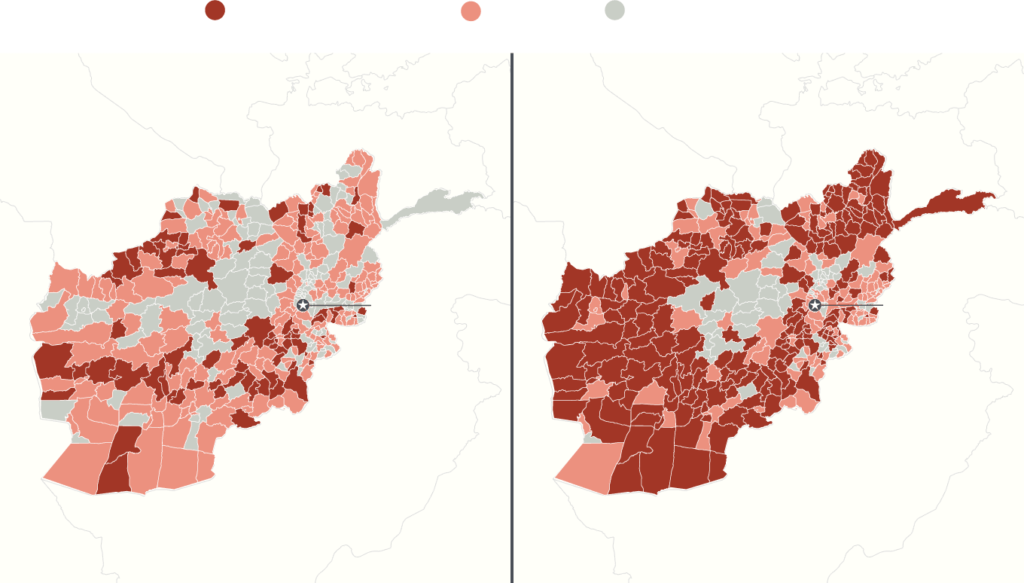The Theory of Reverse Strategy and The Lease
On the chessboard, lies and hypocrisy do not survive long. The creative combination lays bare the presumption of a lie; the merciless fact, culminating in the checkmate, contradicts the hypocrite. A wise man once said, “You might find a bit of armor quite useful once you become a King or perhaps before?” Though I just quoted my own words as ancient wisdom, the fact that the Americans relish deceiving themselves cannot be ignored.
They often believe there are good wars and the bad, but seldom the King of Afghans savvied the merciless act of checkmate shoved without an armor, with the foot slog of U.S. forces from the Afghan shore, the battle of the nemeses assured that the winners were well defined, not on the field of battle (sic) but in the reality of ambiguous war which will go down in the books of history, unappealing.
At this very juncture in my setup, I would like to establish and introduce you all to this popular term from the ancient Pashto language, “The Students”. Less alluring, right?
How about we call them – The Taliban of the “No one knows-from where”, but one gripping trait about them is — they know that they have more to fear from an educated girl than from an American drone. In the Biden day world, a glaring statement was issued by Trump, which actually made more sense than his entire 45th President tenure, “First you bring out ALL of the American citizens. Then you bring out ALL equipment. Then you bomb the bases into smithereens—AND THEN YOU BRING OUT THE MILITARY. You don’t do it in reverse order like Biden. No chaos, no death—they wouldn’t even know we left!”.
It is quite enthralling for a 20-year-old to study loans. Oh! Speaking of which, I just realized the Taliban retracted the much-improved Afghanistan with no debt on infrastructure and developments, for which the Taliban sent their regards to the States and other countries — a smart lease strategy other third world countries could very well imbibe. Now that the White House has admitted that their mission was never supposed to be nation building, and the ongoing events are sadly proof that no amount of American military force would ever deliver a stable, united and secure Afghanistan, America’s longest war is all but over.

Prelude: Blasts from the past
A promise was once made by a group of students in Pashtun areas bestride Pakistan and Afghanistan — to restore peace and security and administer their own austere version of Sharia, once in power. The Islamic guerrilla fighters emerged in the early 1990s in northern Pakistan following the withdrawal of Soviet troops from Afghanistan after the covert backing of the CIA and ISI.
It is believed that they predominantly first appeared in religious seminaries — mostly paid for by money from Saudi Arabia — which preached a hardline form of Sunni Islam. The movement attracted widespread support in the initial post-Soviet era by promising to impose stability and rule of law after four years of conflict (1992–1996) among rival Mujahideen groups. The Taliban entered Khandahar in November 1994 to pacify the crime-ridden southern city, and by September 1996 seized the capital, Kabul, from President Burhanuddin Rabbani.
Afghans, drained after Mujahideen’s excesses and infighting after the Soviets were driven out, happily welcomed the Taliban when they first appeared on the division. Their early popularity was largely due to their success in stamping out corruption, curbing lawlessness and making the roads and the areas under their control safe for commerce to flourish.
It was then the Taliban introduced punishments in line with their strict interpretation of Sharia law such as public executions of convicted murderers and adulterers, and amputations for those found guilty of theft. Men were required to grow beards and women had to wear the all-covering burka; this was when things started to go south for the Taliban. They also banned television, music and cinema, and disapproved of girls aged 10 and over going to school.
They were accused of various human rights and cultural abuses. One notorious example is what happened in 2001, when the Taliban went ahead with the destruction of the Bamiyan Buddha statues in central Afghanistan, despite international outrage.
The power-hungry United States of America, which often believes that war is a chaos, and that chaos is a ladder, stayed aphonic to the developments in the center but little they knew about the script that the gods of destiny had penned down. The attention of the whole world was drawn to the United States in the wake of the 11 September 2001 World Trade Center attacks in New York. The Taliban were accused of providing a sanctuary for the prime suspect – Osama Bin Laden and his al-Qaeda movement.
No one wakes a sleeping lion, unless you wish to sacrifice. One could possibly say it was a grave mistake? But I’d still like to stick with my lease theory. The world was ready to witness the wrath of the lion, retaliation was on cards and the timing was just a mere formality. On October 7, 2001, a US-led military coalition launched attacks in Afghanistan and by the first week of December, the Taliban regime had collapsed. The group’s then-leader, Mullah Mohammad Omar, and other senior figures, including Bin Laden, evaded capture despite one of the largest manhunts in the world.
One could argue that Joe Biden was right when he ascertained U.S. went to Afghanistan almost 20 years ago with clear goal: to get those who attacked them on Sept 11, 2001 and to make sure Al Qaeda could not use Afghanistan as a base to attack them again, which they did 10yrs ago; it is a mockery of a system and American troops cannot and should not be fighting and dying in somebody else’s war that Afghan forces, by and large, are not willing to fight and die in themselves.

Despite the ever-higher numbers of foreign troops, the Taliban gradually regained and then extended their influence in Afghanistan, rendering vast tracts of the country insecure, and violence in the country returned to levels not seen since 2001. There were numerous Taliban attacks on Kabul and in September 2012, the group carried out a high-profile raid on NATO’s Camp Bastion base. Hopes of a negotiated peace were raised in 2013, when the Taliban announced plans to open an office in Qatar. But mistrust on all sides remained high and the violence went on.
In August 2015, the Taliban admitted they had covered up Mullah Omar’s death – reportedly of health problems at a hospital in Pakistan – for more than two years. The Taliban seized control of a provincial capital for the first time since their defeat in 2001, taking control of the strategically important city of Kunduz. Mullah Mansour was killed in a U.S. drone strike in May 2016 and replaced by his deputy Mawlawi Hibatullah Akhundzada, who remains in control of the group.


The End Game: The Inevitable Checkmate
So, let us begin with a rhetorical question. What actually went wrong in Afghanistan?
The strategy was weak, and the enemy persisted. The U.S. was often unfocused in its goals, under-resourcing even with limited efforts. Allies on the ground—not just the Afghans, but the members of a coalition theoretically pursuing Enduring Freedom—were often far less capable than they might have been. But none of these problems were fatal to their effort to ensure that extremists would not control the country.
In February 2020, the U.S. and the Taliban signed an agreement that paved the way for the first direct talks between the Taliban and representatives of the Afghan republic since 2001. This nascent peace process had sparked hope for a political settlement to the four-decade-long conflict, although slow progress and increasing levels of violence threatened to derail the process before it gained momentum. The security situation throughout the country remained dreadful, the targets – journalists, judges, peace activists, women in positions of power – suggested that the Taliban had not changed their extremist ideology, only their strategy.
Despite grave concerns from Afghan officials over the government’s vulnerability to the Taliban without international support, the new U.S. president, Joe Biden, announced in April 2021 that all American forces would leave the country by 11 September – two decades to the day since the felling of the World Trade Center. Having outlasted a superpower through two decades of war, the Taliban began seizing vast swathes of territory, before once again toppling a government in Kabul in the wake of a foreign power withdrawing.
They swept across Afghanistan in just 10 days, taking their first provincial capital on 6 August. By 15th August, they were at the gates of Kabul. Their lightning advancement prompted tens of thousands of people to flee their homes, many arriving in the Afghan capital, others heading for neighboring countries. President Ashraf Ghani hunkered down and made few public statements as the Taliban swept across the country. As they reached the capital, he left Afghanistan, saying he had chosen to leave to avoid further bloodshed.
The spoils of the war may have been a foregone conclusion. While the Afghans take a Long Farewell on a road to nowhere, the rest of the world will have to live with the threat for a foreseeable future. What lies beyond is definitely not a happy picture, The Taliban after defying the United Nations, has announced its arrival on the Kabul soil. After two decades, 2,400 dead Americans, and $1 trillion, this was hardly the outcome the United States hoped for in Afghanistan.
But it was years in the making, which easily could have happened five years ago or fifteen years in the future. As America’s longest war draws to an end, sharp disagreements remain about its aims, direction and success. Who will endure the storm of survival of the fittest? Is the world ready to witness what lies beyond? But one thing is undisputed, that it’s not over, yet. Their joy can turn into ashes anytime soon and then they would know the debt is paid, in full.
Written by- Sameera S Vasista
Edited by- Radhika Khandelwal
